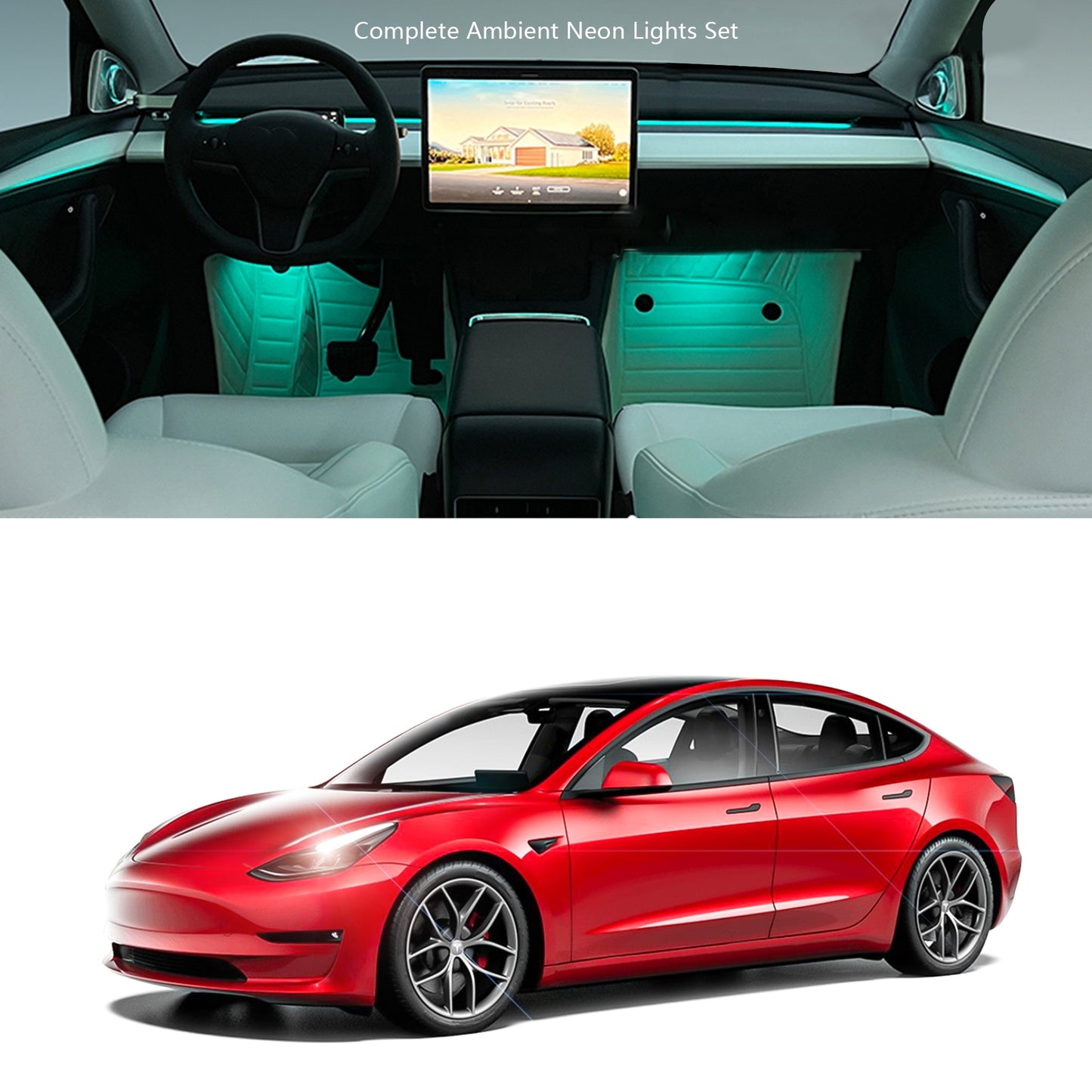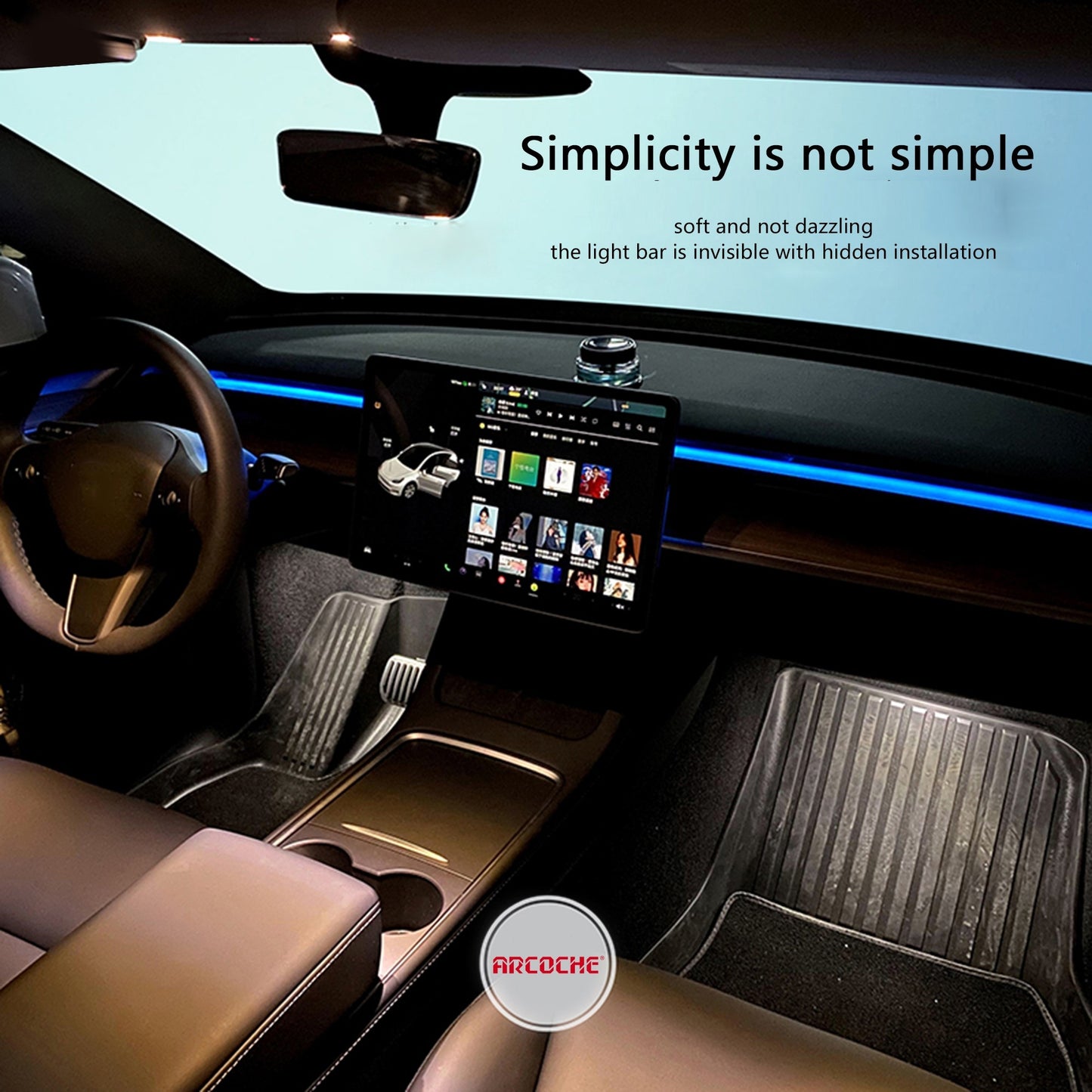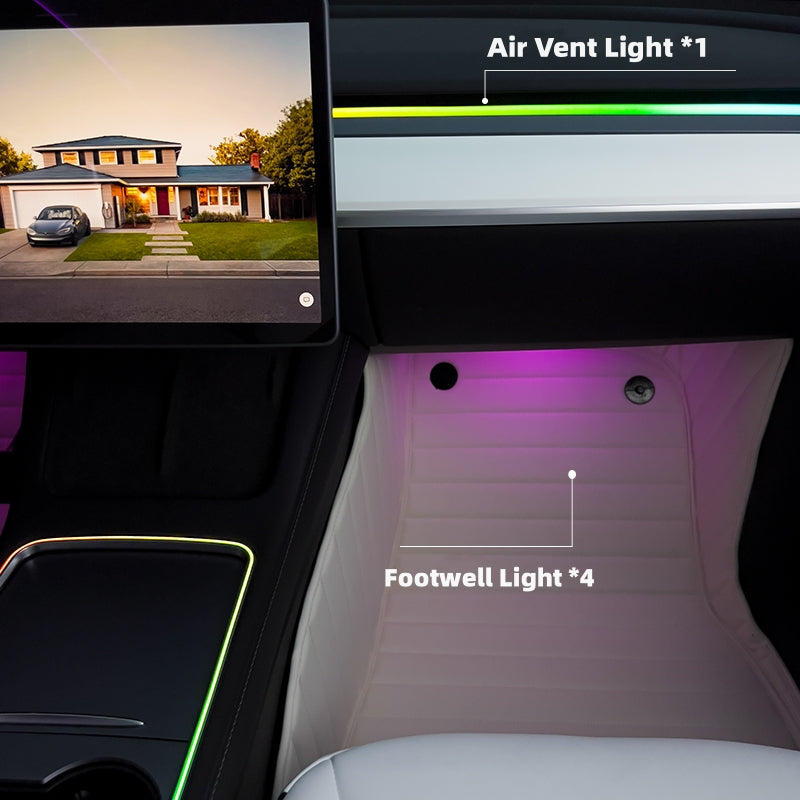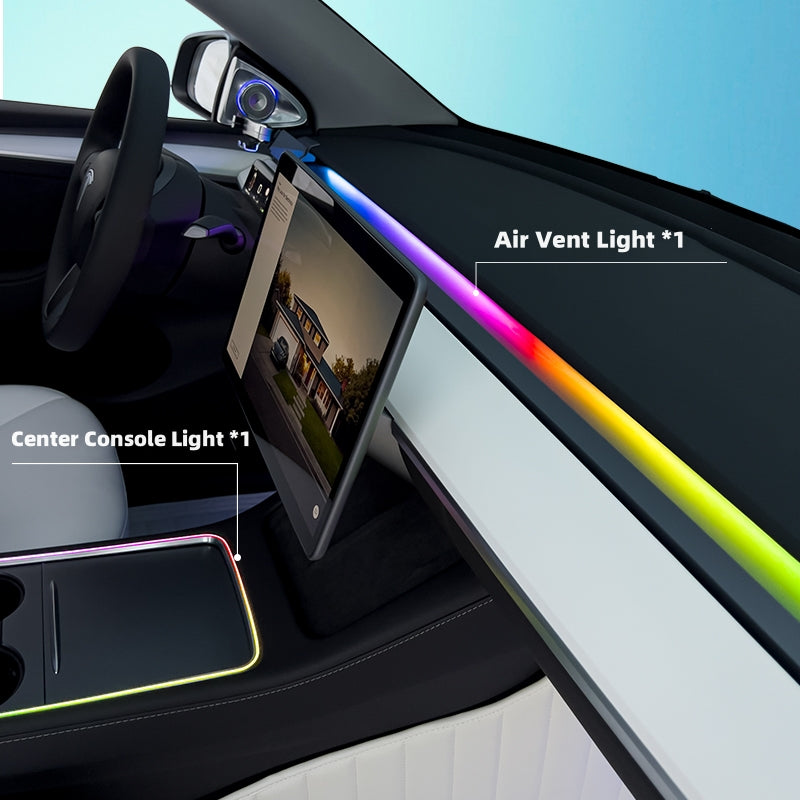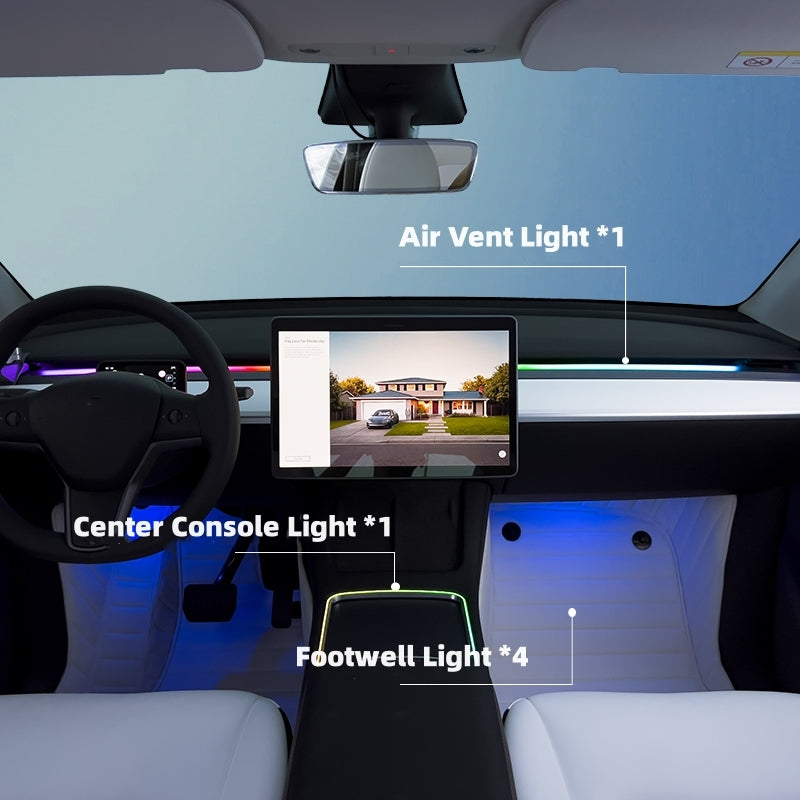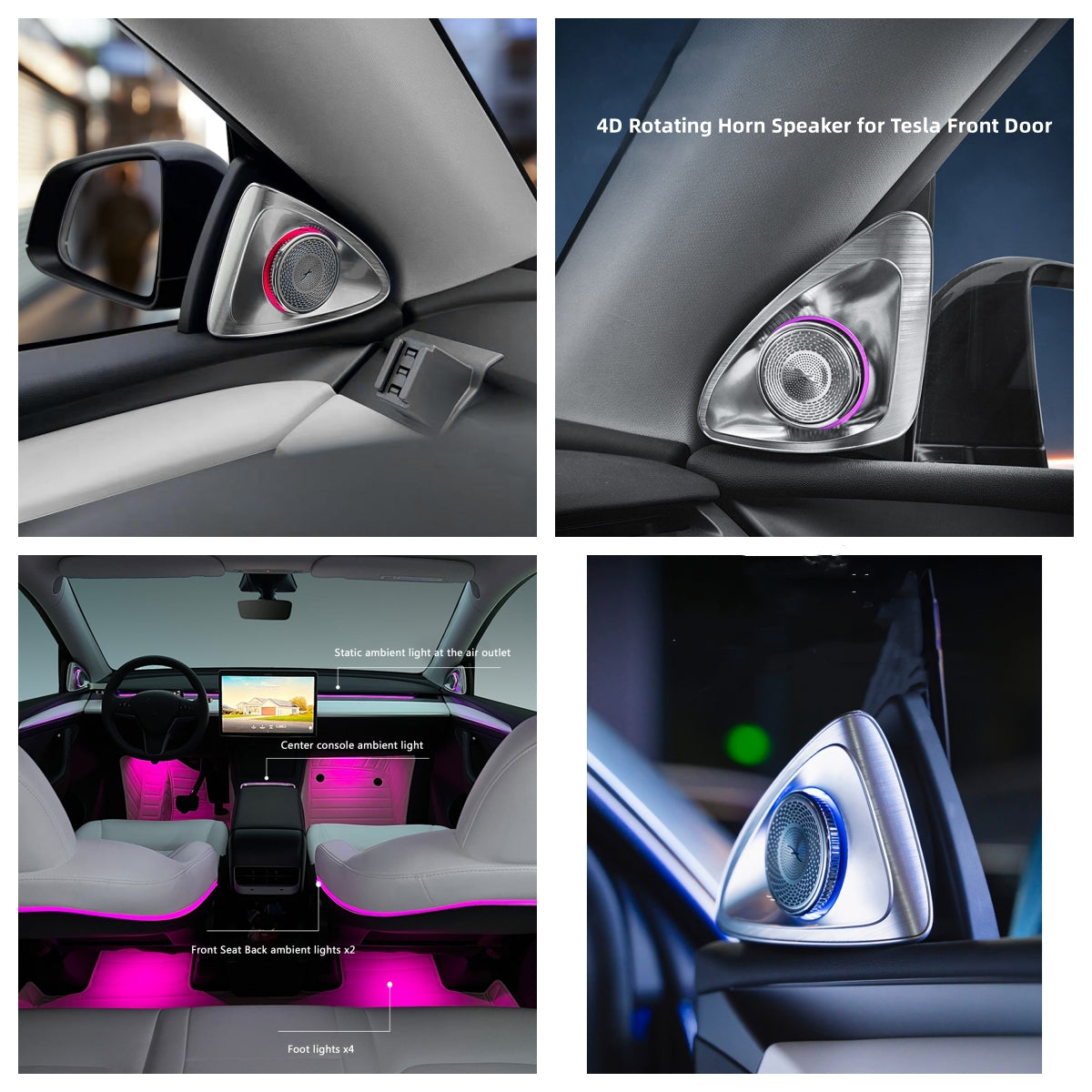
Revolutionizing Trucking: Is Australia Embracing the Tesla Semi?
While the Tesla Semi may not grace Australian roads in the next decade, the recent federal government decision to increase the truck width limit from 2.5 to 2.55 meters, following extensive lobbying, is a positive development in trucking reforms. Although seemingly incremental, this adjustment allows Australian trucking companies to consider electric semis from the European Union, where the limit stands at 2.55 meters. However, imports from the USA may still face restrictions, as their width limit is set at 2.6 meters, slightly narrower than the Tesla Semi's 2.59 meters. There's still progress to be made.
Australia's domestic truck manufacturing sector is limited: Iveco Trucks Australia operates in Dandenong, Victoria; Paccar Australia produces Kenworth and DAF trucks in Bayswater, Victoria; and Volvo Group Australia manufactures Volvo and Mack trucks in Wacol, Queensland. Volvo plans to commence production of their own electric semis in Australia by 2027.
A time may come when overtaking diesel semis struggling uphill becomes a thing of the past. The advent of electric semis may mark the end of this road spectacle — one more tradition lost to electrification. The government's changes will take effect in October 2023. Trucks transport approximately 234.6 billion tons across the country each year, a figure projected to rise by 35% in the next two decades. These trucking reforms are aimed at streamlining the supply of safer trucks, with the dual purpose of reducing road accidents and increasing freight efficiency. The phrase "Without trucks, Australia stops" is emblazoned on the rear of most semi-truck trailers, and it holds true. The government estimates that this adjustment in width could inject an additional AU$500 million into the economy. Wider trucks on the road should translate to more cost-effective freight and less environmental impact. Electric trucks also contribute to reducing Australia's dependence on imported diesel.
Wider trucks will be permitted provided they are equipped with the following safety enhancements: "... devices aimed at minimizing blind spots, electronic stability control, advanced emergency braking, a lane departure warning system, enhanced reflective markings, and side guards designed to prevent pedestrians and cyclists from becoming trapped beneath the rear wheels of trucks."
Safety devices and sensors will not be factored into width and length measurements. These include "front and kerb view mirrors for improved visibility around the front-left corner of the vehicle, external components of camera monitor systems to enhance indirect vision, blind spot sensors, and cross-view mirrors for better visibility in front of bonneted vehicles."
Federal Assistant Minister for Infrastructure and Transport Carol Brown elaborates: "This Safer Freight Vehicles package addresses industry's specific requests to raise the width limit of trucks, and it comes after extensive public consultation and feedback. These changes will be a significant game-changer for the industry, businesses, and other road users. They will not only save lives by leveraging technology to reduce the likelihood of accidents, but also lower freight expenses and promote better environmental outcomes.
“Our truckies play a vital role in the Australian economy and our day to day lives, ensuring we can access the food, medicines and other goods we need. Today’s announcement will mean they can carry out their work more safely and efficiently, so they and those they share the road with can get home safe at the end of each trip.”
"Aligning Australia's truck width limit with major international markets, such as the EU, is crucial for boosting the presence of electric trucks on our roads," expressed Mr. Jafari of the Electric Vehicle Council in endorsement of the trucking reforms. Trucks account for 20% of Australia's transportation emissions.
Jafari further states: "We urge the federal government to expand on this announcement by implementing a weight concession (a minimum of one thousand kilograms or 2206 pounds) for electric trucks, making it more cost-effective and appealing for Australian businesses looking to adopt this technology. On a broader scale, we require a National Electric Heavy Vehicle Strategy that delineates a roadmap for decarbonizing our heavy vehicle fleet in the long run."
CEO of the Truck Industry Council, Tony McMullan, remarked, "We have 21st-century infrastructure supporting a 20th-century trucking industry." The average age of the fleet stands at 15 years, with over 30% of trucks surpassing the two-decade mark. Clearly, this sector is poised for disruption, potentially even conversion, as promoted by Janus Trucks.

Twenty years ago, emissions and safety standards were modest, with trucks lacking features like anti-lock braking and stability control, which are now standard in today's builds. Additionally, modern trucks incorporate built-in fatigue and distraction sensors. Mr. McMullan emphasized, "The Euro VI technology is heavier than the Euro V technology. To maintain the productivity of mass-constrained trucks in transitioning to a Euro VI vehicle, an increase in allowable weight is necessary." This represents another significant reform in the trucking industry.
Negotiations involving the federal government, all states, territories, the National Transport Commission, and the National Heavy Vehicle Regulator regarding weight limit increases are well underway. Mr. McMullan anticipates that all states will approve the proposed mass increase. South Australia is presently conducting a trial that permits electric trucks to exceed the standard weight limit by up to 400 kilograms on specific routes.
The Department of Infrastructure and Transport in South Australia will employ telematics technology to oversee the performance and compatibility of these vehicles with road infrastructure, as well as assess associated cost impacts. According to the spokesperson, operators participating in the trial must ensure that their prime movers are equipped with various safety features, including underrun protection, electronic braking, and lane departure warnings. These vehicles will undergo close monitoring through telematics applications and onboard mass management systems.
The Australian trucking industry is predominantly composed of small businesses, many of which operate as owner-operators. In 2022, only around 1000 of these businesses had more than 20 employees. They face a multitude of challenges, including soaring fuel costs, supply chain bottlenecks, shortages of skilled labor, and an aging workforce, all within a low-margin industry. They will require support to transition to electric vehicles.
The federal government is in discussions with stakeholders to develop a Transport and Infrastructure Next Zero Roadmap and Action Plan. Tony McMullen suggests that additional incentives, both regulatory and financial, will be necessary to achieve widespread adoption. Another issue of concern is the impact of heavier vehicles on road maintenance.
Financial incentives for purchasing safer and more environmentally friendly trucks could encompass depreciation allowances, tax offsets for low-emission vehicles, and possibly even rebates, mirroring measures introduced by many states to promote the uptake of electric cars.
"When it comes to low or zero emissions, you're faced with a situation where an electric truck may cost twice, or even two to three times as much as a diesel truck, while a hydrogen truck could be as expensive as four times," McMullen noted. "So, unless we bridge that cost gap with a financial incentive, well, you're going to find a scenario where people will be hesitant to invest in such a vehicle."
According to McKinley of the Australian Trucking Association, local distribution services are "ideal candidates for electrification and they are readily available." A joint report from the Electric Vehicle Council and ATA revealed that, in terms of total cost of ownership, electric trucks were on par with internal combustion engine (ICE) trucks. This indicates substantial potential for electrifying the urban freight fleet.
As trucking reforms gain the necessary support, we can anticipate an increase in the presence of electric trucks on the roads, spanning beyond just semis to encompass the entire spectrum of logistic support vehicles.
--------This article is partly excerpted from Teslarati.




